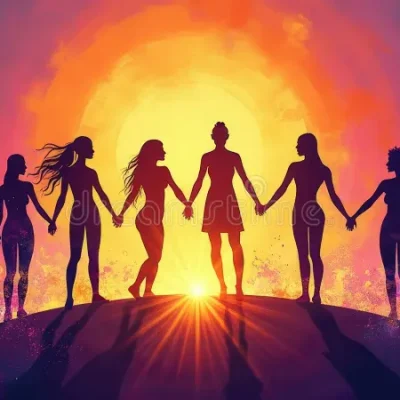In defense of “The Embrace”
On the 13th of January, Boston’s newest in a collection of history-laden sculptures was unveiled in Memorial Park. A nineteen-ton bronze testament to Martin Luther King Jr., Coretta Scott King, and the 1960s Civil Rights movement, the statue brought plenty of positive and negative attention related to the larger message of MLK day, as well as plenty of in-between comments about the artist’s style. The reaction that the Boston and National communities have since had to the new monument speaks to the legacy of Martin Luther King and other Civil Rights campaigners, as well as to a deeper message; the statue itself is now connected into our history and our lives, and it’s through monuments like these that we remember the things important to us.
Some applaud the statue for what it brings to mind of the civil rights movement. I’ve heard it called a “masterful testament” to the Kings’ relationship and to their legacy. Others claim that it cuts other activists out of the past and perpetuates a narrative in which the primary or even whole focus of the ‘leadership’ of this movement is placed on King. It’s been claimed that the statue also dehumanizes and defames, encasing the spirit of a still-ongoing movement into what is meant to be a memorial. It’s also been said that the statue looks like a turd. Or a posterior. Or anything other than a proper monument.
Regardless of opinion, the US’s history — and Boston’s — ties into this statue. I spoke to Cynthia Fowler, a professor of Art History at Emmanuel College, to dig into the stories and methods behind memorial statues.
Fowler told me that she’d been to see the statue, and thought that the artist’s statements about it were eloquent and beautiful to hear, but that she thought there could’ve been a better translation of the writer’s ideas into the artwork. “A little bit gets lost in translation, in terms of how the viewer experiences the sculpture,” she put it.
But Fowler also brought up that an artist isn’t always responsible for bringing every aspect of emotion or thought in one piece. “There were people who were disappointed it wasn’t more political, rather than [the Kings] relationship. And while I appreciate that criticism… you can’t expect the artist to do everything.”
In Fowler’s view, a negative reception of an art piece doesn’t always determine success. “I think of the impressionists… they were hated while painting, and now [their art style] is probably one of the most loved styles of painting.”
The things that stuck with me the most were her thoughts on interpretation by communities. “You want your art, and memorials, to express the values of your community – the confederate monuments [last summer] came down because communities changed their views at large.” Drawing this comparison to the movements of 2020 and 2021 is interesting, not least because of the similarities between the Civil Rights Movement of the 60s and our current activist trends.
While there was widespread controversy about The Embrace, none of the criticism that I’ve seen sprang from criticism of King’s ideas themselves. Some, in fact, expressed distaste in the memorial due to its continuation of a long tradition of “whitewashing” King, his history, and his politics. Fowler said that from a historical perspective, “Dr. King’s legacy is so important… to some extent it has been whitewashed to fit a mold that everybody will love.” And, gradually, everyone has grown to love King and his mainstream ideas. Which isn’t nearly all there was to King’s activism. “…he also had messages that were way more critical.”
Because memorials are usually paid for by local governments or the federal one, they end up celebrating official history. However, there have been plenty of instances of memorials, like those set up for victims of police violence in the wake of 2020 and 2021, that don’t follow any political or government line and as such can offer a true glimpse of community stories. And these non-official memorials are very important for our history.
It’s not uncommon for a memorial to be publicly trashed on its release. Fowler told me about a certain Vietnam monument that proved decisive in the way that we treat memorials in general. Sometimes the intention of the artist can be “to piss people off,” and get them to think about what they’re memorizing. Otherwise, as she phrased it, we might “forget why we are here, and forget what’s being memorialized.”
She doesn’t think that The Embrace was intended as a shock piece, however. “I don’t think that applies to the embrace, though… [the artist] focuses on the message of love that King really had as his philosophy and spirituality. He did have the message of love, throughout his life.”I ended up visiting the statue on March 5th. Standing on the common, in the midst of all the people from all walks of life who’d traveled to see the memorial, I reflected that The Embrace has had a very large share of hate directed towards it, especially for a piece that’s not particularly designed to provoke outrage or anger. The controversy around The Embrace certainly shows that we still care about not only our history, but our view of art and media. But even so, I feel that it’s best to also appreciate the positive messages of the artwork. We can enjoy the message of love found in the piece; a celebration of the love of Dr. King and Coretta Scott King, as well the grander theme of love that Dr. King shared through his spirituality and hope. But, like how the smaller memorials to everyday people are ever-present and weighing on history, let’s also continue pressing for the kind of change that Dr. King, and so many others, have fought for.










